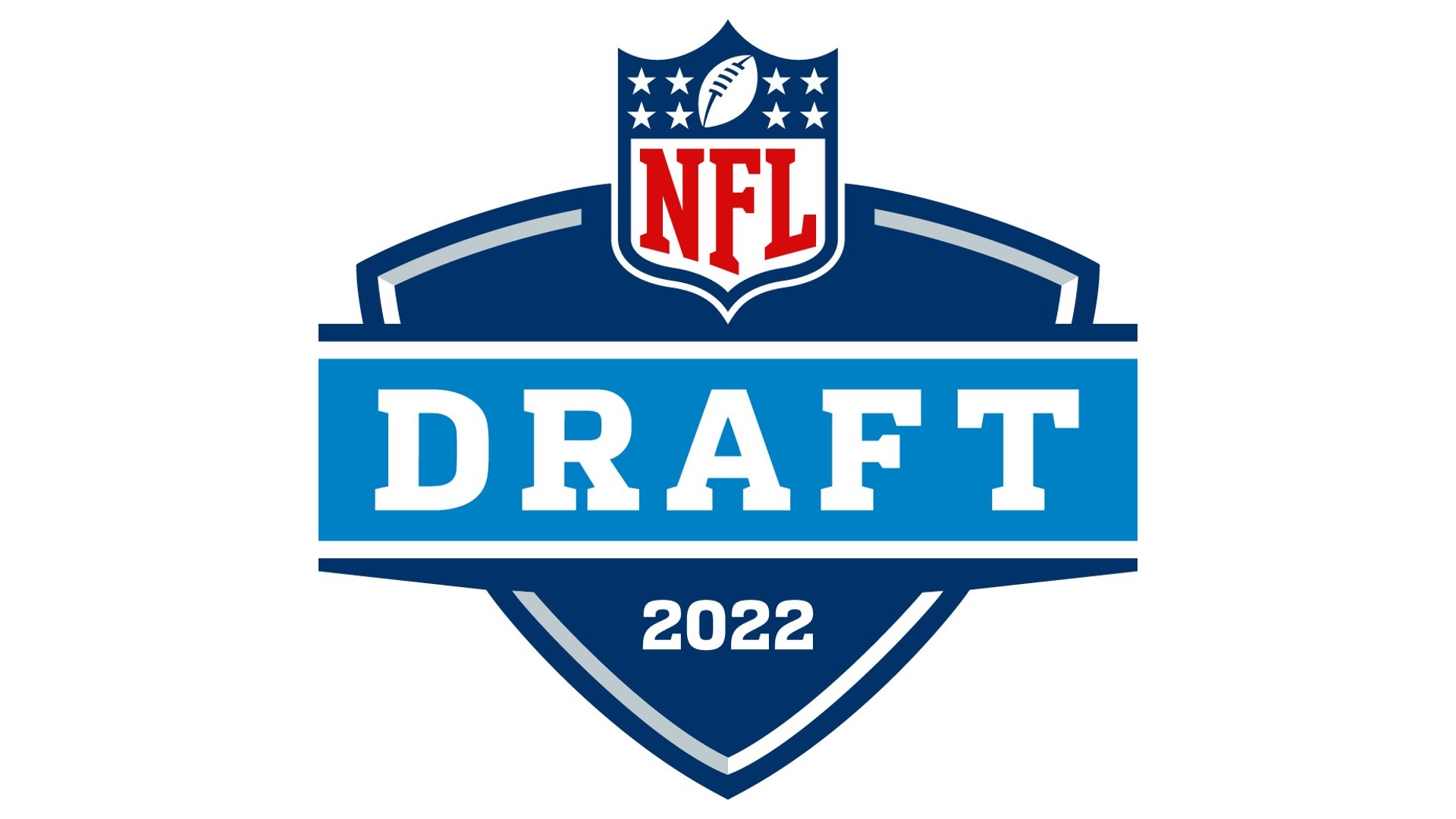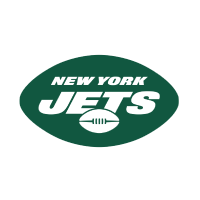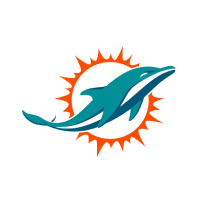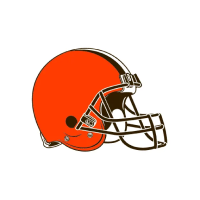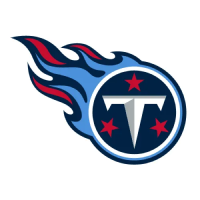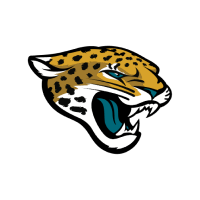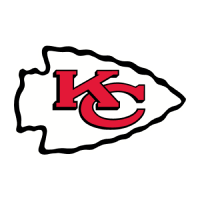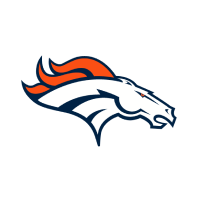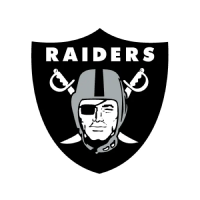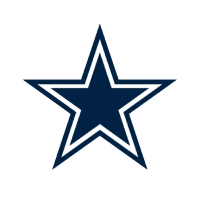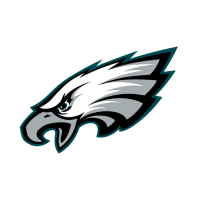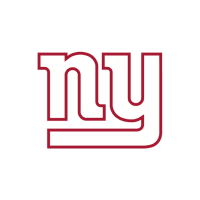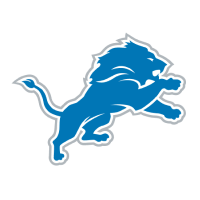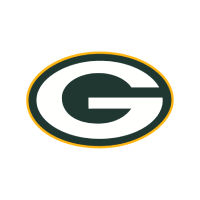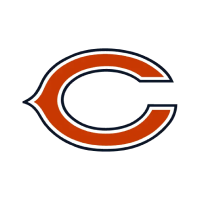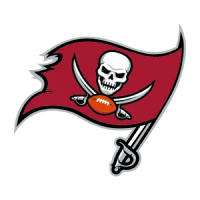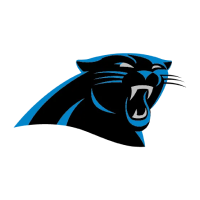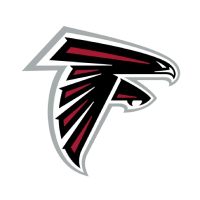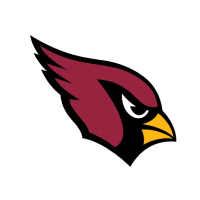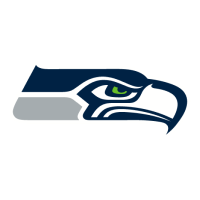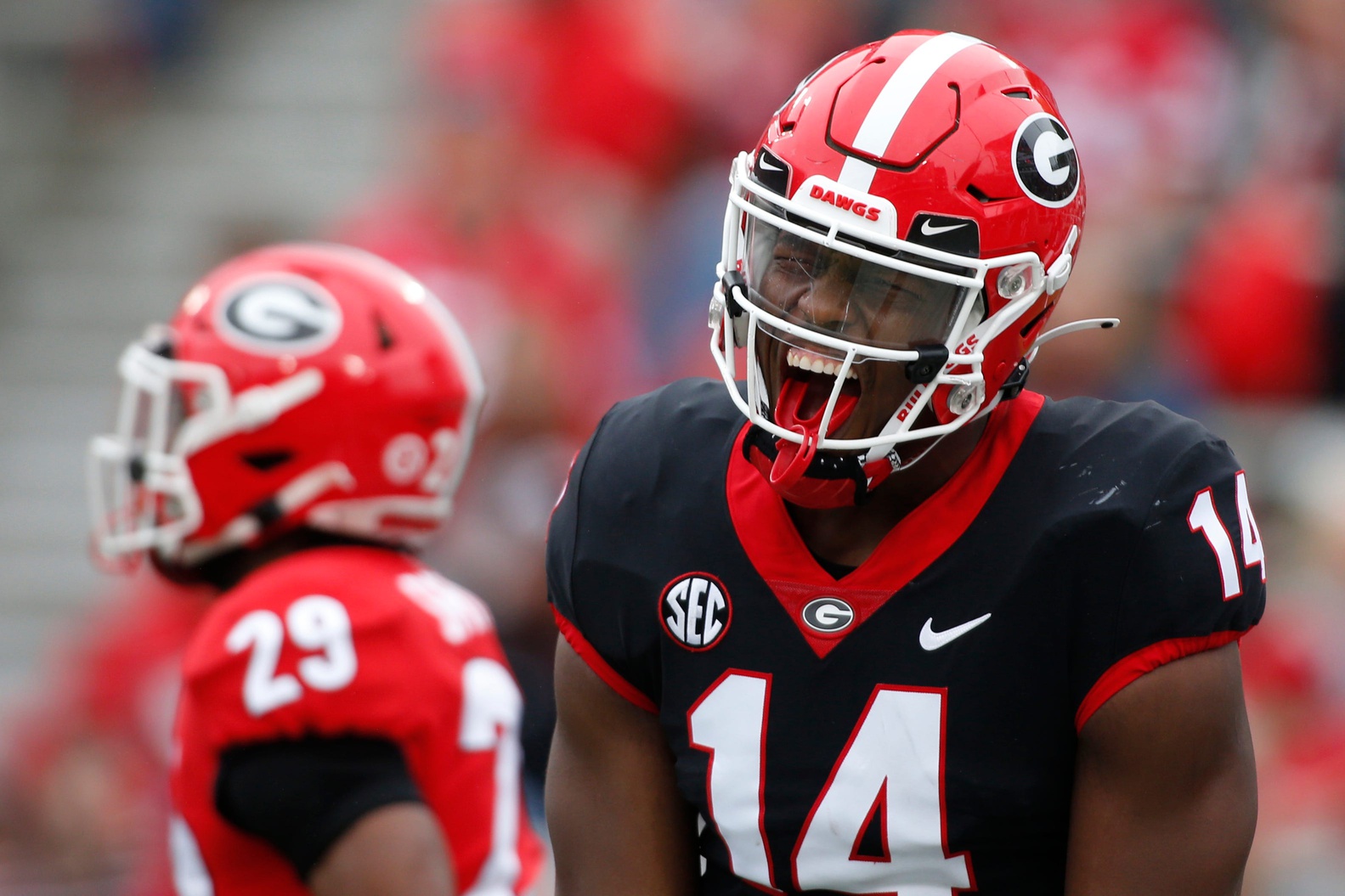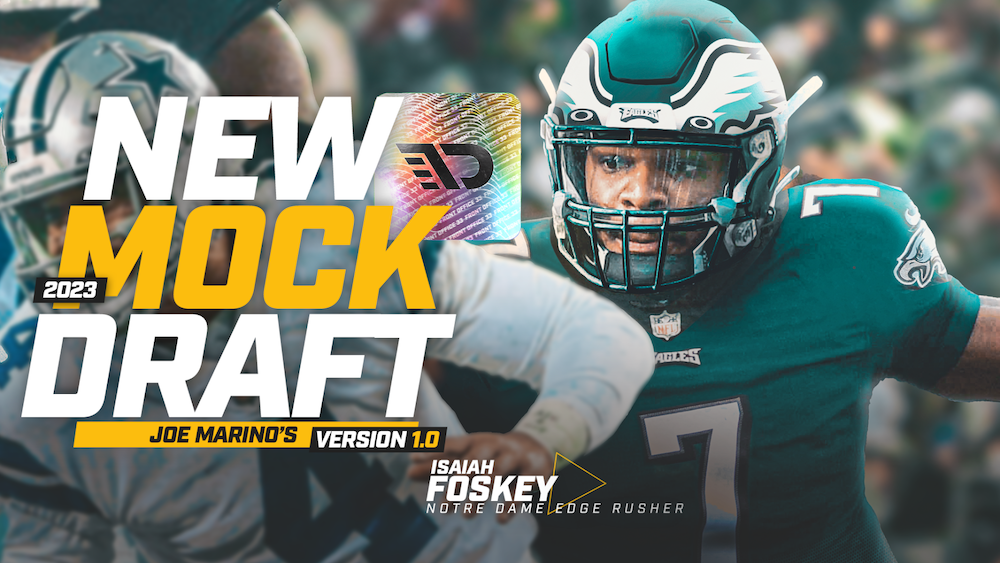For anyone new to the family here at The Draft Network, Contextualized Quarterbacking is an annual project I put together for TDN Premium subscribers. In Contextualized Quarterbacking, I chart the significant draft-eligible quarterbacks across their final seasons, tagging each dropback with a ton of situational features that allow us to understand their game at more specific and situational levels.
Each throw is graded both for Accuracy and for Ball Placement. Accuracy is a general metric for catchable passes—an accurate pass is a catchable pass—while Placement scores take more details into account: maximizing YAC opportunities, protecting the wide receiver from unnecessary hits, and protecting the ball from being played on by the defensive back. Throws are also charted relative to depth and passing direction, to understand how target distribution affects accuracy scores for each quarterback. It’s harder to throw deep!
Contextualized Quarterbacking helps us understand what each college offense asked of their quarterback, which gives us an additional tool for projecting these passers to the pros. When we understand their college offense, we can better identify those skills that will translate to the pro level, and accordingly, project the ideal scheme fits for each player.
It’s easy to root for Jamie Newman. A class leader in attempts into a tight window (32%) and attempts from adjusted platforms (23%!), Newman’s just out there slinging it. He’s completely fearless of safeties, which is sometimes a weakness but largely a strength, has enough arm to hit nine routes relatively late in the down, can slot a closing window between zone droppers, and can tuck and run with decent darger. The difficulty comes in divorcing Newman’s janky feet and three-quarters release and first-read reliance from an RPO-dedicated passing game that seemed to encourage all of those traits from him. He’s a project, which means he’s fun and that’s probably it. But in this class, fun on Day 3 is exciting news.
TARGETS
| Left | Middle | Right | |
|---|---|---|---|
| 20+ | 9.5% | 7.3% | 3.5% |
| 10-19 | 2.8% | 11.7% | 4.1% |
| 0-9 | 11.1% | 25.0% | 12.3% |
| <0 | 1.6% | 10.5% | 0.6% |
YARDS
| Left | Middle | Right | |
|---|---|---|---|
| 20+ | 15.2% | 18.2% | 6.3% |
| 10-19 | 2.5% | 11.6% | 3.3% |
| 0-9 | 9.8% | 17.5% | 10.4% |
| <0 | 1.4% | 3.7% | 0.1% |
The gap of intermediate targets is pretty important to understanding Newman. Intermediate routes are often later routes in the progressions—think backside digs or alert deep comebacks—and Newman just never got there. Often distributing just to a half-field and reading outside corner leverage, Newman was either taking a one-on-one shot to a skyscraper receiver or hitting a quick underneath pattern to stay ahead of the sticks. In terms of traditional “NFL throws”—such throws that require resetting the throwing platform, moving defenders with your eyes, and making split-second decisions—Newman simply hasn’t thrown enough to know where his traits stand in that regard.
ACCURACY
| Left | Middle | Right | |
|---|---|---|---|
| 20+ | .752 | .759 | .683 |
| 10-19 | .714 | .793 | .707 |
| 0-9 | .889 | .846 | .836 |
| <0 | 1.000 | .946 | .666 |
PLACEMENT
| Left | Middle | Right | |
|---|---|---|---|
| 20+ | .565 | .485 | .496 |
| 10-19 | .503 | .532 | .486 |
| 0-9 | .742 | .625 | .641 |
| <0 | 1.000 | .865 | .500 |
There’s a dangerous split in accuracy beyond the 10-yard mark for Newman—a sensation we also see in Florida’s Kyle Trask—but unlike Trask, the concern here for Newman isn’t arm strength. Newman must become more consistent setting a throwing platform to have any semblance of predictable accuracy, but in this RPO-based offense, was so often working around players in his lap that his throws rarely came from the appropriate base. There is no offense in the league that encourages this sort of play, save for perhaps Kansas City’s. So while Newman’s accuracy scores hold up in general, he will likely endure a lower-body mechanic overhaul in his first years in the league, which may throw a wrench into his early accuracy as he acclimates to new demands in the pocket.
Filed In
Related Articles
NFL Draft
Arik Gilbert Doesn’t Need Big Workload To Be A Top NFL Draft Pick
- Aug 22, 2022
NFL Draft
2023 NFL Mock Draft: Marino 1.0
- Aug 22, 2022
Written By
